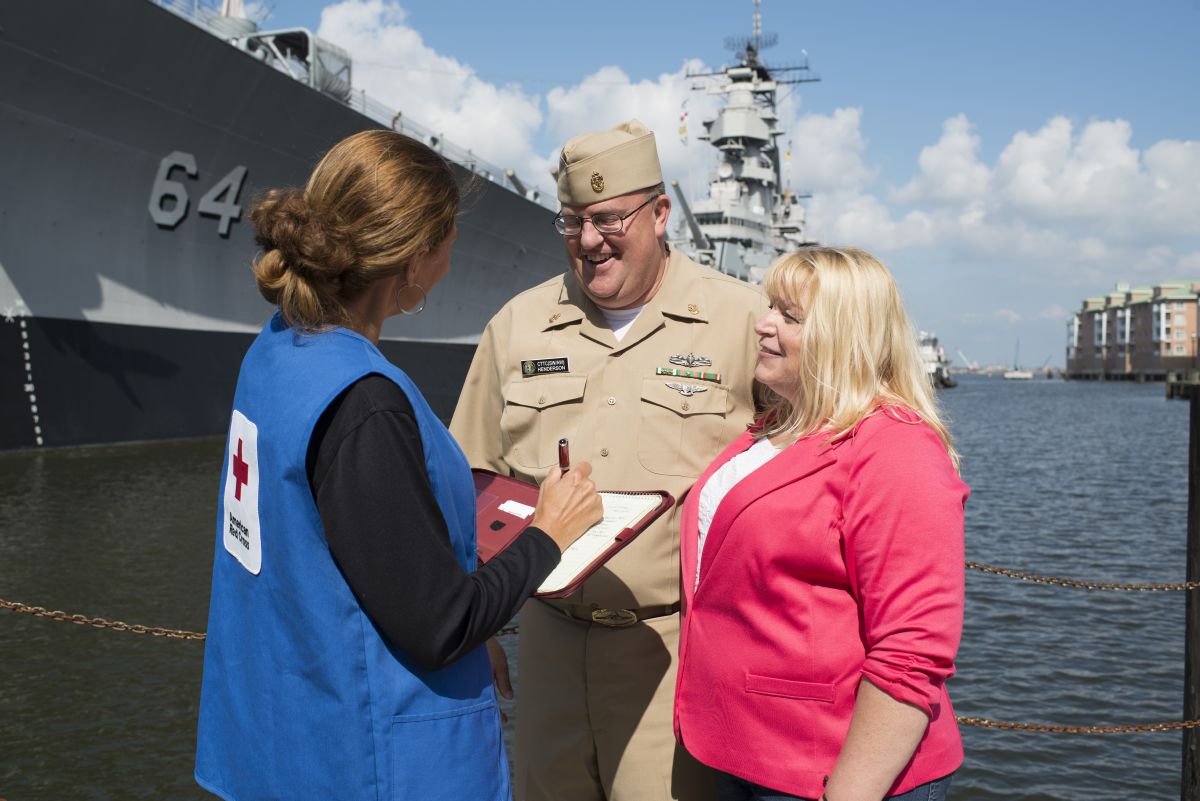By Los Angeles Region CEO, Jarrett Barrios
Every Red Crosser knows that 2017 was an extraordinary year—a record for disasters and a record for Red Cross responses with more Red Cross volunteers serving more clients impacted by more disasters than ever before. A year like this, one that pushes us to our limits, forces us to rethink our systems and structures so that we can ensure our readiness to respond to disasters—as well as continue to serve the American people in our other lines of service.
Since the early 90s, the two largest “arms” of the Red Cross, our Humanitarian Services division and Biomedical services—the entity that collects almost 45 percent of the nation’s blood supply—have functioned as largely independent entities. Today, both Biomed and Humanitarian services often find themselves working in the same communities. Serving the community in a coordinated fashion, sharing resources and volunteers, only makes sense. And at a time when we are all stretched, helps ensure we will be able to do even more.
The new One Red Cross (ORC) initiative, launching in three Red Cross regions (South Carolina, Missouri and Nevada/Utah) this winter, is a major step in this direction. With ORC, we will seek to leverage all of our local relationships and resources to better engage our blood drive sponsors, blood donors, and financial donors. We began by solidifying a plan to align our sponsor-recruiting resources in Biomedical Services with our community-facing resources in Humanitarian Services. This will result in a higher quality of service delivered more efficiently and effectively to more communities.
To achieve this vision here in Los Angeles, we’ve begun planning. Since last August, when I attended a National Red Cross leadership meeting in Orlando, teams have been working hard, nationwide, on implementing the One Red Cross Vision via Integrated Community Engagement Models. The final outcome will be substantial. By using one voice to engage a community, we can improve the blood drive sponsor experience, have more productive blood drives, deepen relationships with community and corporate partners and, as always, build more resilient communities. An example might be linking the Humanitarian Services Pillowcase program with the Biomedical Services Pint Size Heroes blood drive program when engaging elementary schools.
With this re-alignment we will be able to provide a level of service delivery unmatched across all other humanitarian organizations, world-wide. A pretty incredible way to start out the new year, don’t you think?
Additionally, the One Red Cross initiative will open a world of possibilities for existing blood donors and volunteers. For example, regular blood donors may become regular Sound the Alarm volunteers—sharing life-saving home fire safety tips at home and out in their communities. Perhaps other will take to teaching third thru fifth graders emergency preparedness education, as Disney Pillowcase Project presenters. Likewise, existing volunteers may become regular blood donors, directly helping to increase the nation’s blood supply. It is potential win, win outcomes like these, that make me excited for the future.
Happy 2018 everyone, and thank you for joining us as we continue our journey to alleviate human suffering in the face of disaster together, as One Red Cross.
 Jarrett Barrios is the Chief Executive Officer at the American Red Cross Los Angeles Region. But, above all, Jarrett Barrios is a humanitarian with more than 20 years of experience helping people in need throughout the United States and Cuba.
Jarrett Barrios is the Chief Executive Officer at the American Red Cross Los Angeles Region. But, above all, Jarrett Barrios is a humanitarian with more than 20 years of experience helping people in need throughout the United States and Cuba.
To learn more about Jarrett Barrios or the America Red Cross Los Angeles Region, visit RedCrossLA.org.





